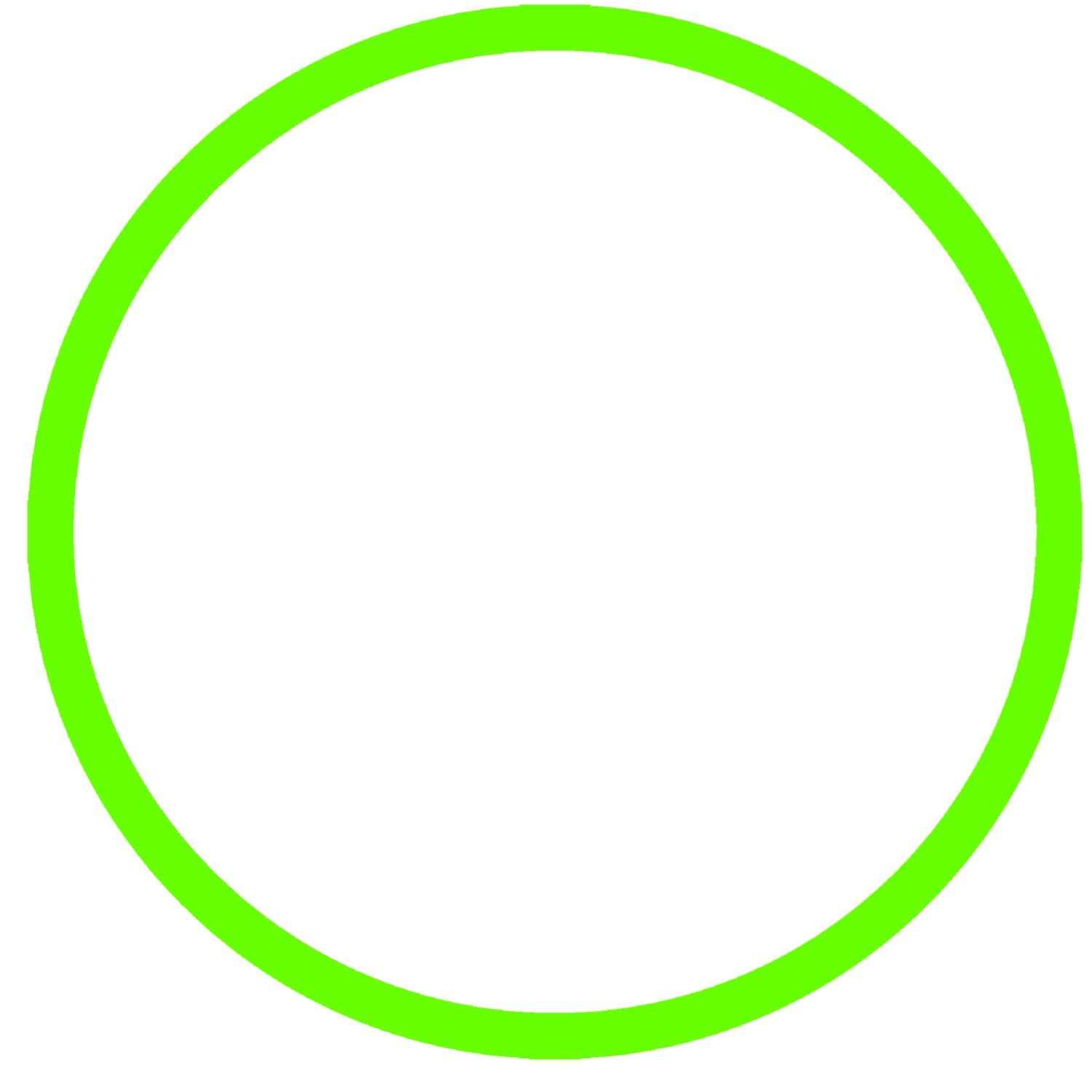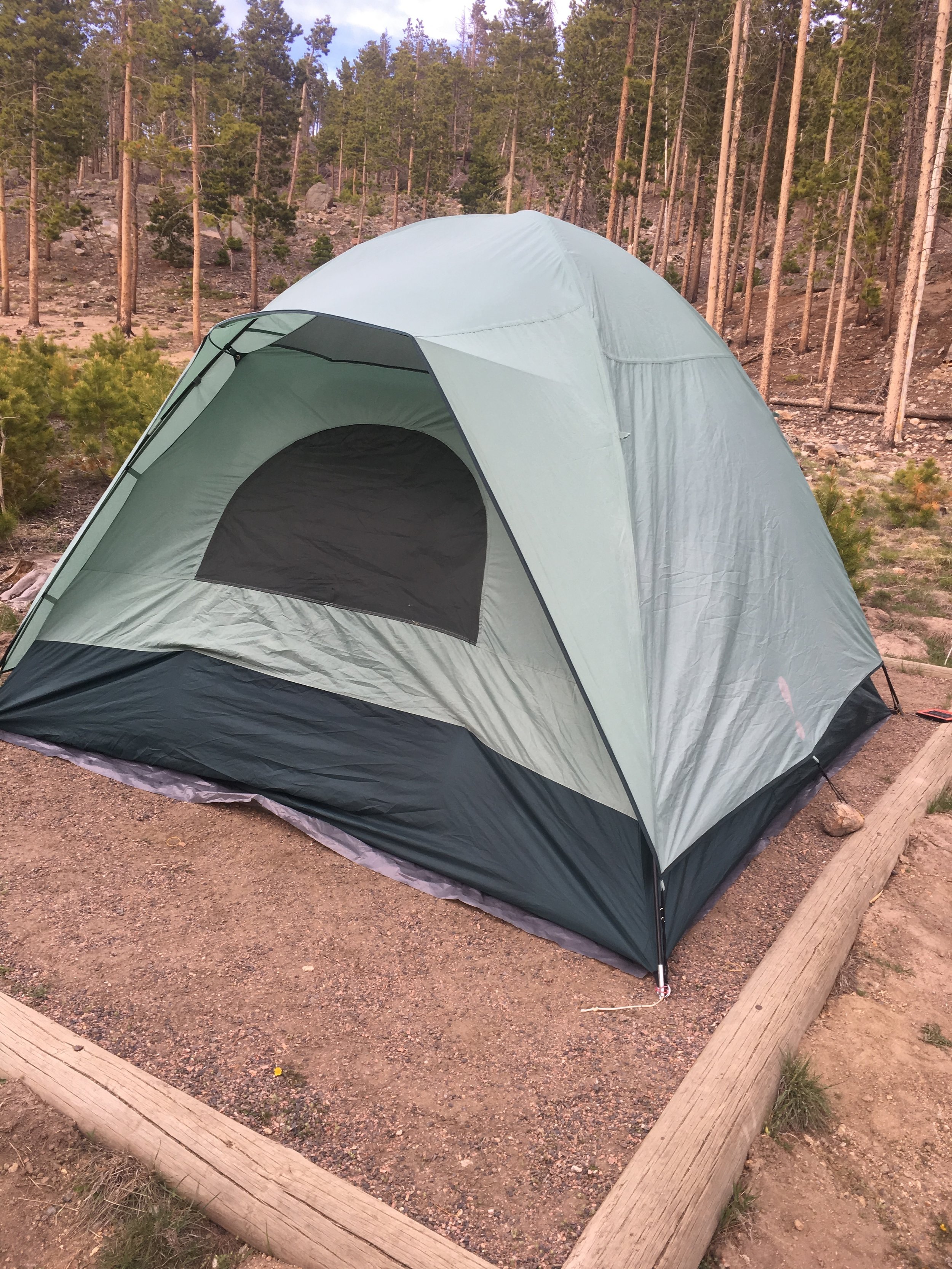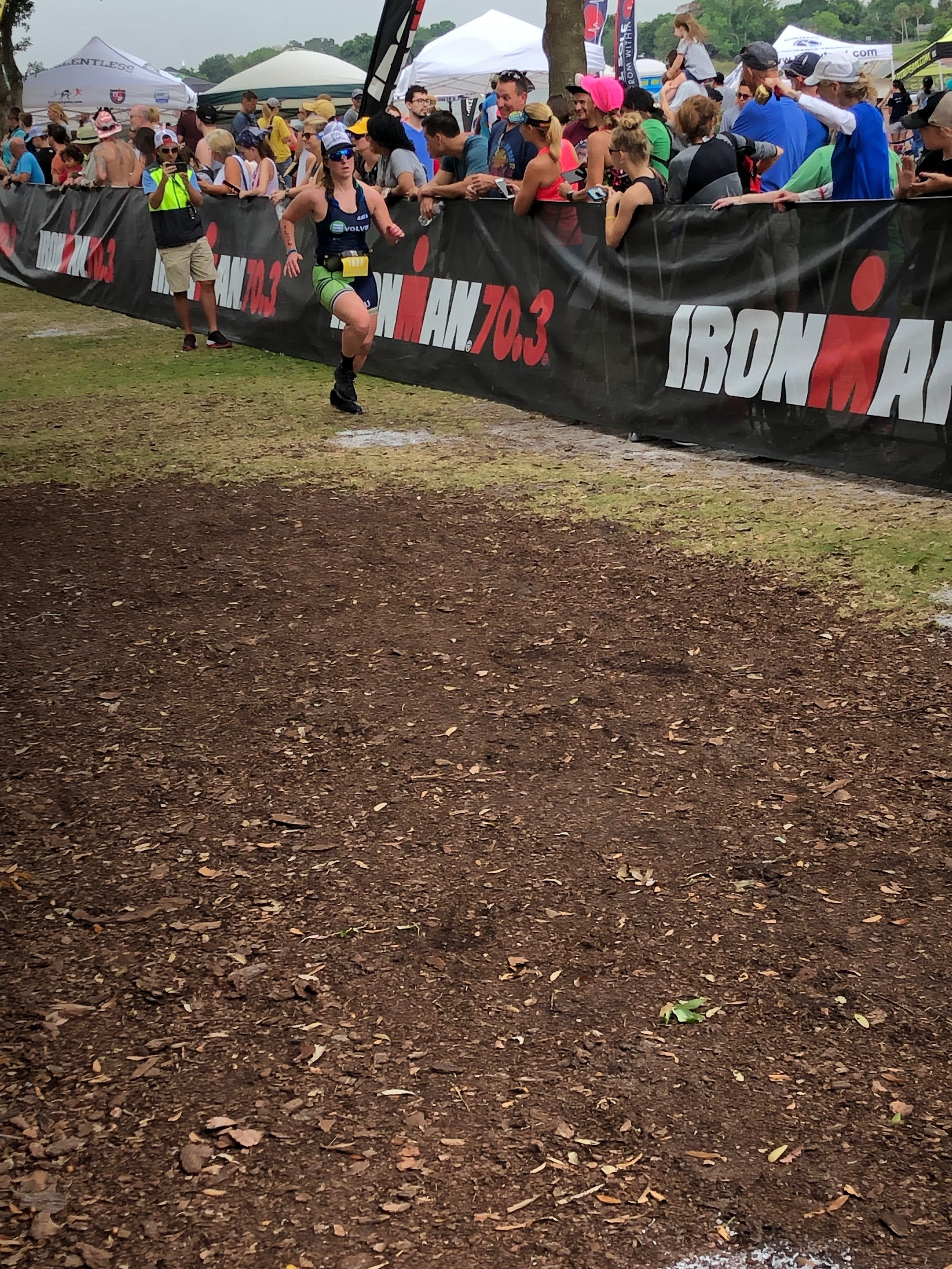We are re-posting this blog because a lot of athletes could use some tips and a little confidence boost with open water swimming! Read on to get some ideas about how to succeed in the first leg of your race.
How come my open water swim times are slower than my pool times? Have you ever asked yourself this question, or suffered this on race day after practicing ton in the pool?
There are a few things that can cause your pool times to be faster than your open water swim times.
Let’s address those first:
1. The walls - most of us swim in a 25 yard or meter pool, which means that in the course of swimming a 2000 (around the distance of a half ironman swim) we push off the wall 40 times. That push allows us to streamline and glide and more importantly reset body position and form. This alone can account for the discrepancy.
2. You need to sight when you swim in open water - picking up your head (if you lift too high) can change your body position and cause you to slow down.
3. You swim off course and add yardage.
4. You get disoriented in the water which causes you to pick up your head and sight too much.
5. You panic or have open water anxiety.
These are the most common issues we encounter as coaches. And in some cases athletes can suffer from more than one.
So what is a triathlete to do?
a. The obvious cure is to swim in open water as much as you can. But that alone will not do it - you will need to vary your swim pace and include some race pace intervals. You should also practice swim starts and if possible passing and drafting others.
And if you cannot get in open water…
b. One trick you can use in the pool if you can get into a lane solo, is to swim around the T at the top of the lane without pushing off the wall. This will force you to create momentum without the push from the legs.
c. You should include sighting in the pool during some of your sets. This will allow you to work on breathing and body position while moving at race pace.
d. Again if you are alone in the lane, you can take a few strokes with your eyes closed and see how you tend to drift in the lane. This will bring consciousness to how you tend to swim when you think you are swimming straight. Please just be careful of hitting your head or arms on the lane lines.
e. There are several causes of disorientation - it can be due to poor goggle choice, worrying that you need to get a picture perfect view of the buoy, or not having a clear idea of the course prior to starting the race. Make sure you have a few goggles with you on race day. We would advise that you do not worry about having a clear sight - you just need to see a glimpse of the buoy - better yet you can use large landmarks to sight off of instead if the venue has them. You should stake these out on the days prior to the race. We would also suggest that you take time prior to the race to count the buoys and study the course (Ironman does a great job of numbering their buoys and using different colors to designate the course - yellow on the first half, red at the turns, and orange on the back half).
f. This one is a tough one to cure and is very individual, but we have some tactics that we like to use with our athletes. Make sure that you get in as much open water practice as you can leading into the race in similar gear and conditions if at all possible. Arrive with plenty of time to the race site - this is a big one. If you are rushed, you will be anxious which can heighten your unease about the swim. If the race allows, you should get in and do a swim warm-up. This is essential to prevent the initial panic that can set in when people first enter the water. If you cannot get in a swim warm-up due to the venue, then a light jog or swim bands are an excellent warm-up. Just make sure that you have used the swim bands prior as a warm-up. Once in the water there are several tactics that you can put in place, one of our favorites that we often advise is counting your strokes, this can distract the mind and allows you to focus on the work. It is also helpful to break the swim up from buoy to buoy - your only goal is to get to the first buoy. Once you are there you can move to the next. Small goals can ease the overwhelming feeling of being in the open water. Also, remember that you are able to hold onto a boat or race support if needed as long as you do not make forward progress. In some cases, pausing and collecting yourself might be the best tactic to put in place.
Whether this is your first season of racing triathlon or you are a veteran, any of the above suggestions can help you to improve your swimming come race day.





















